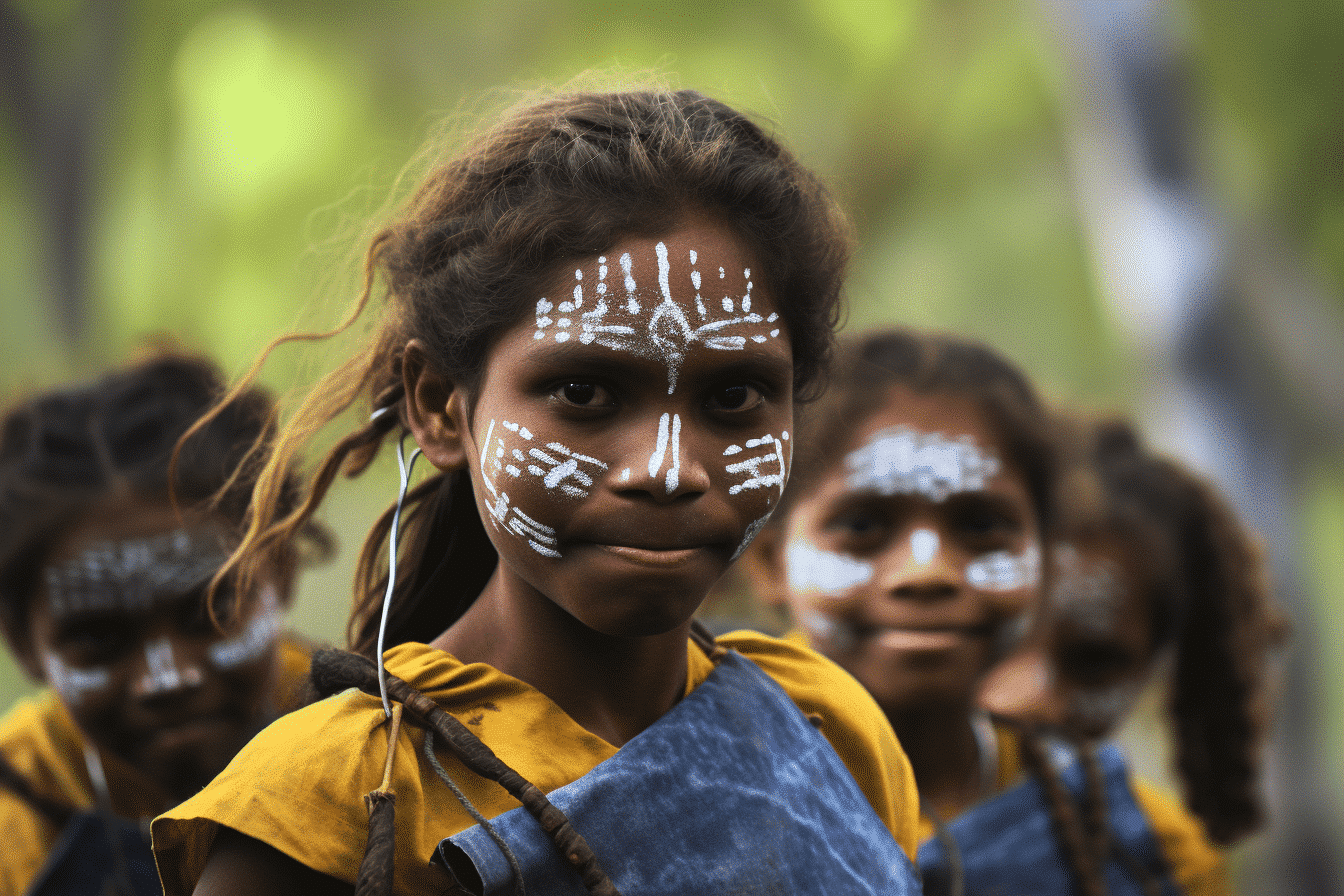On October 14th, Australians will participate in a landmark referendum. The primary focus? Whether the constitution should have a provision for Indigenous Australians, often referred to as the Voice, to counsel Parliament on policies affecting their community.
The Case in Favor:
– Advocates believe that integrating the Voice into the constitution would both acknowledge Indigenous Australians’ profound significance in the nation’s history and grant them a say in governmental decisions.
The Case Against:
– Detractors opine this could be the most significant shift in Australia’s democratic structure, potentially causing racial divisions without necessarily alleviating the challenges faced by Indigenous communities.
Background: Understanding Indigenous Australians:
– Unlike many other British colonies, Australia never formalized a treaty with its Indigenous inhabitants.
– Aboriginal Australians and the Torres Strait Islanders are the primary Indigenous groups, each having distinct cultures.
– Their combined population was 3.8% of Australia’s total in 2021. Various reasons, including increased acceptance and the controversy over claiming Indigenous heritage for benefits, have contributed to this figure.
– Sadly, Indigenous Australians remain the most marginalized ethnic group in the country, facing lower life expectancies and greater disadvantages than other groups.
Deciphering ‘The Voice’:
– On referendum day, Australians will answer: “A Proposed Law: to alter the Constitution to recognize the First Peoples of Australia by establishing an Aboriginal and Torres Strait Islander Voice. Do you approve this proposed alteration?”
– Approval would allow the Voice to make suggestions to Parliament concerning Indigenous matters, without the power to veto government decisions.
– The structure, representation, and functionality of the Voice remain undecided, though it’s proposed it will represent all Indigenous communities from across Australia.
Arguments on Both Sides:
– Supporters argue that the existing system isn’t benefitting Indigenous Australians who face numerous challenges, suggesting the Voice could lead to more effective governmental decisions.
– Opponents warn of unforeseen legal complications and believe this would be a monumental change to the democratic fabric, possibly paving the way for future claims of repatriation and compensation.
Origin of ‘The Voice’:
– The idea was first proposed in 2017 by 250 Indigenous leaders gathered at Uluru during the First Nations National Constitutional Convention. Despite its initial rejection by the conservative government, the center-left Labor Party has since backed the concept.
Amending the Australian Constitution:
– Altering the constitution is notoriously challenging, with over 80% of referendums failing.
– For a referendum to succeed, it requires a double majority: national approval and endorsement by a majority in most states. Since 1901, out of 44 referendums, only eight have succeeded.
– The last referendum in 1999 included a query about recognizing Indigenous Australians in the constitution, suggesting an acknowledgment might be more feasible than establishing the Voice.
This comprehensive guide seeks to equip readers with essential insights as Australia stands on the precipice of a potentially historic decision.
As Australia stands at a significant crossroads, the decision on whether to establish an Indigenous Voice in the Constitution transcends mere legal and constitutional jargon. It delves deep into the realm of recognition, representation, and the importance of acknowledging a rich and ancient cultural heritage. Whatever the outcome, this referendum is an affirmation of democracy in action and a testament to Australia’s continuous journey toward inclusivity and understanding.




